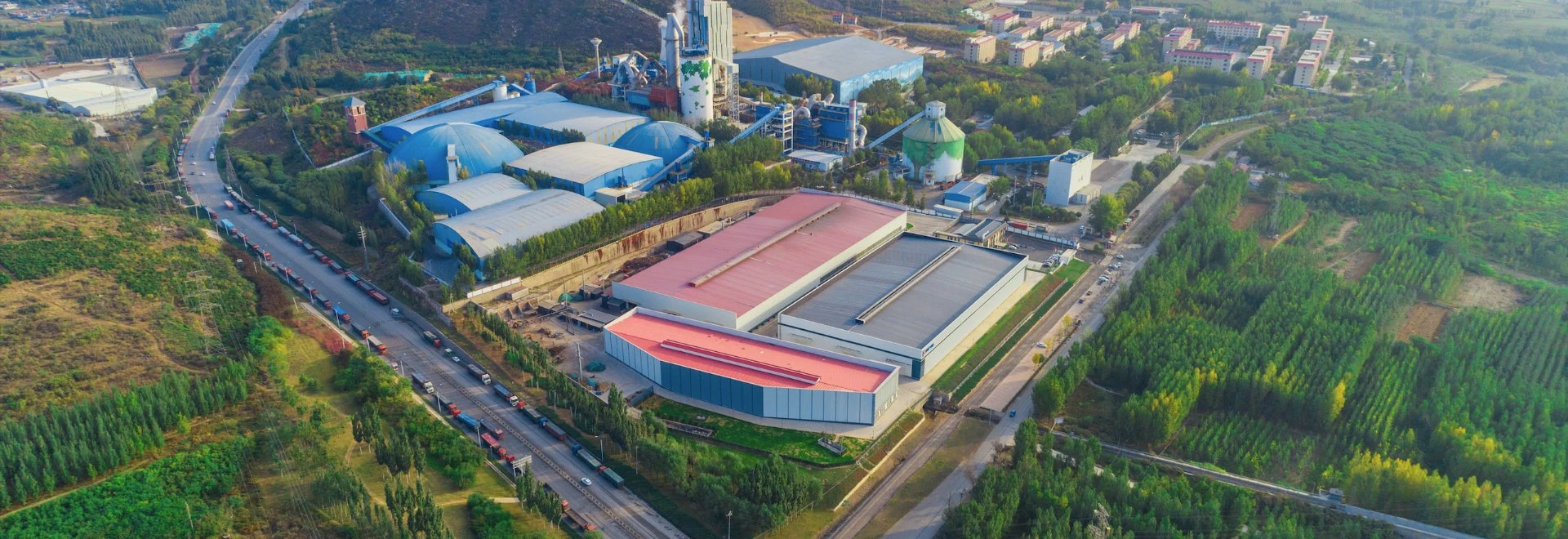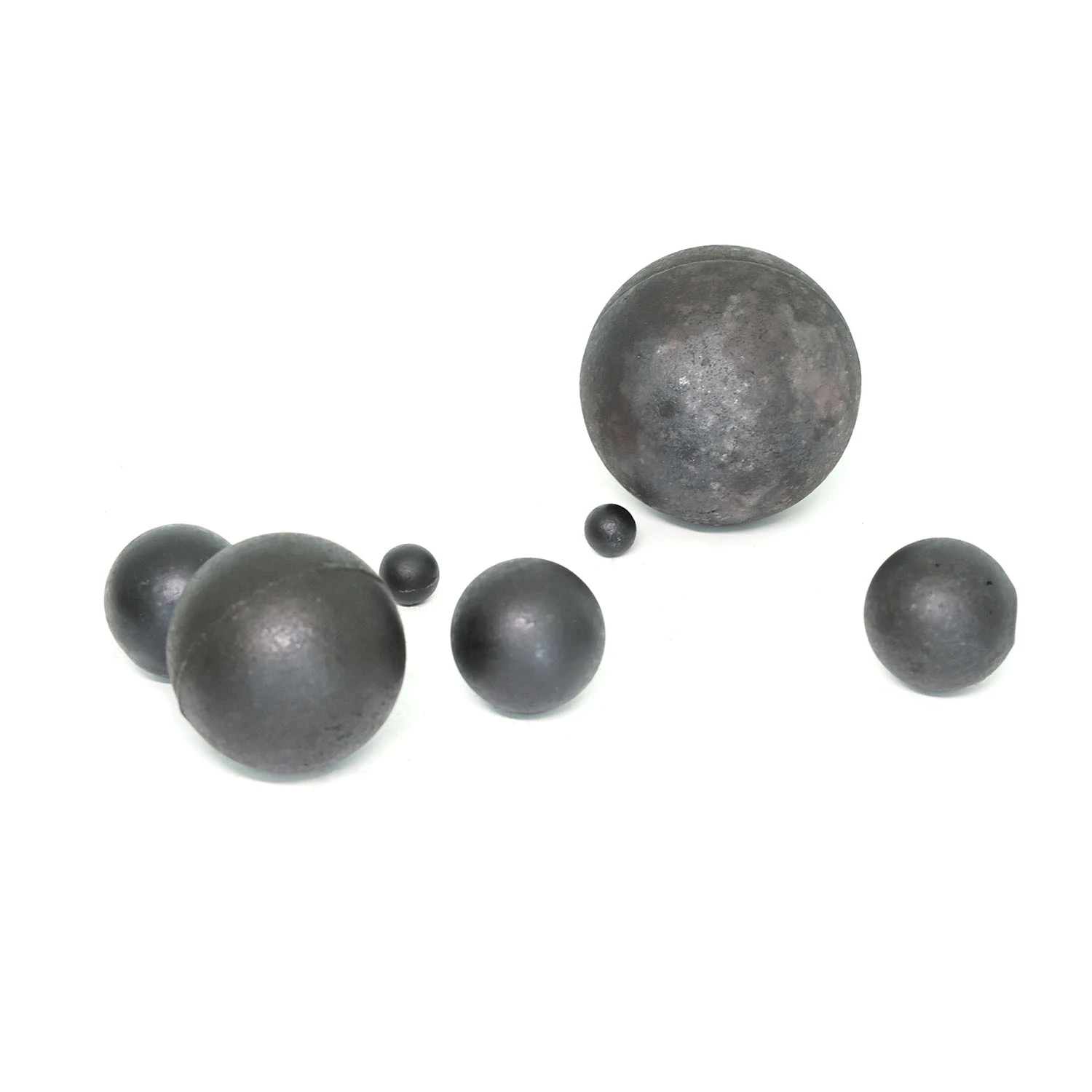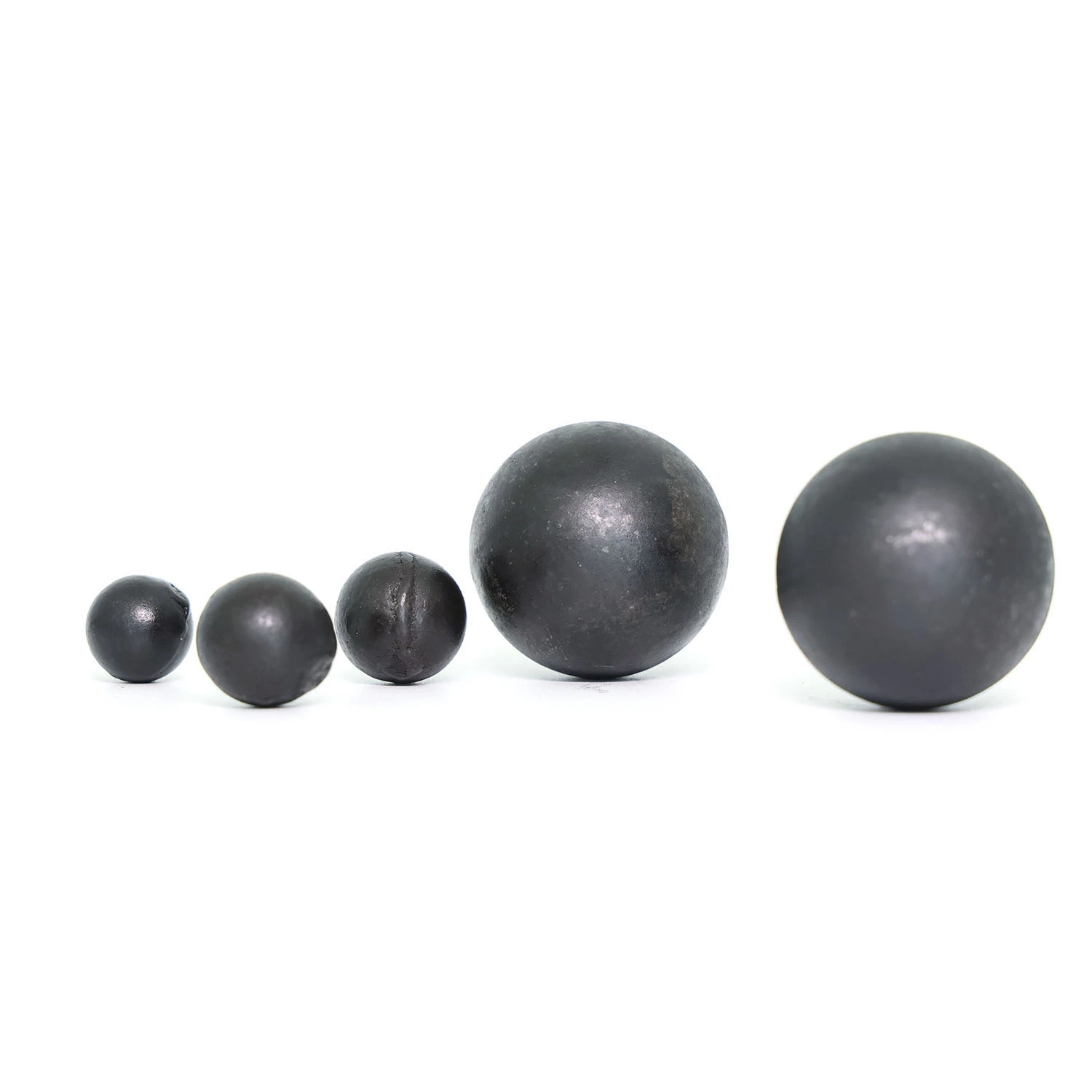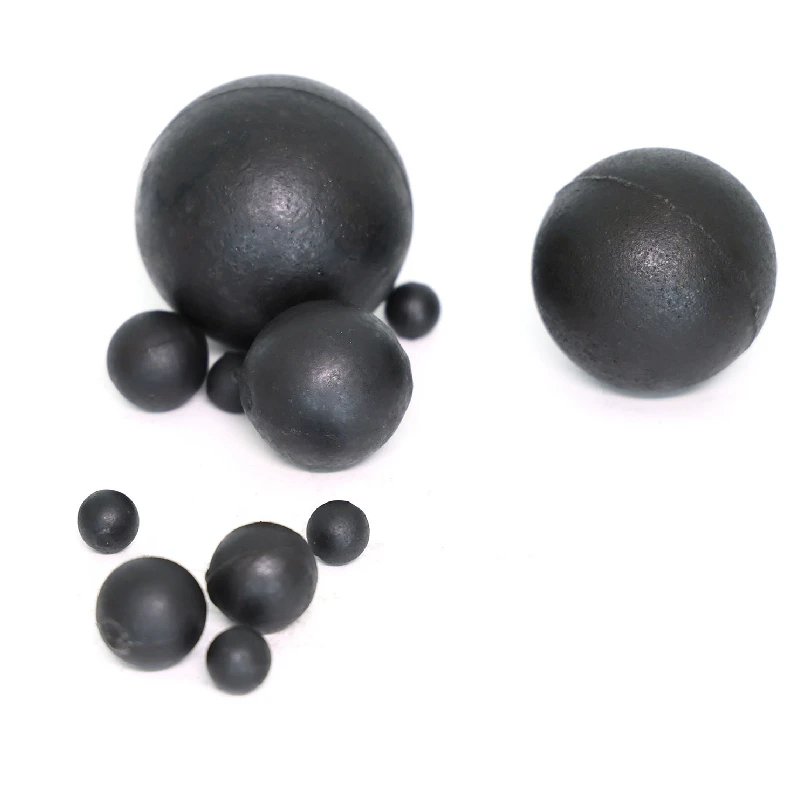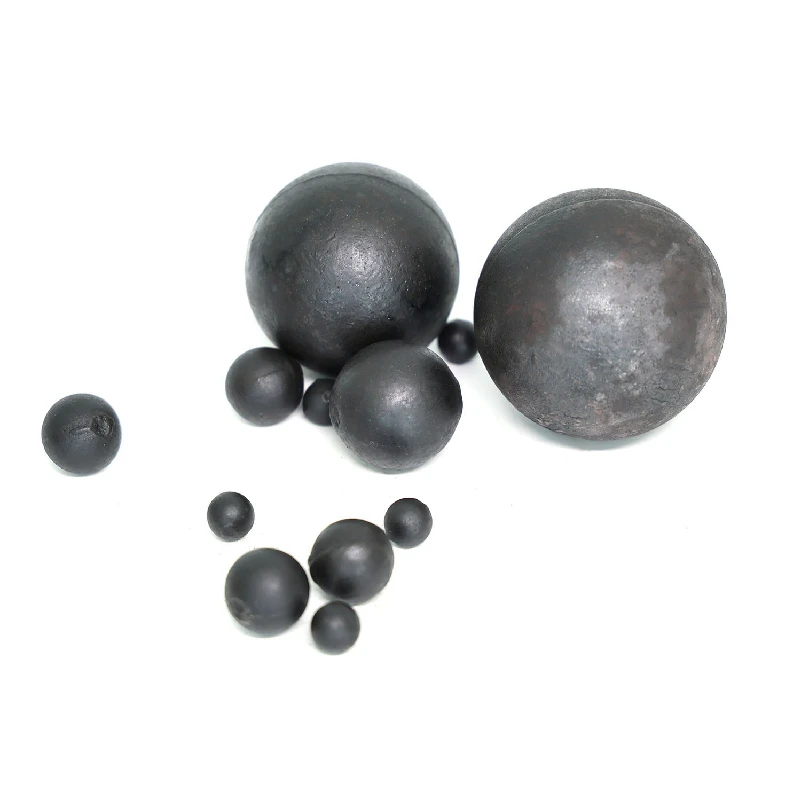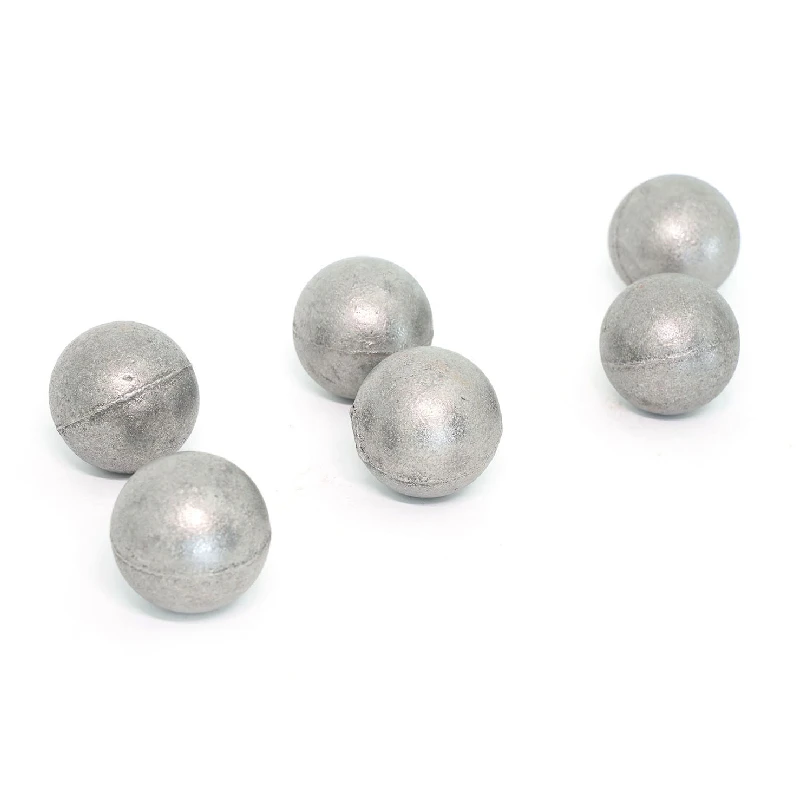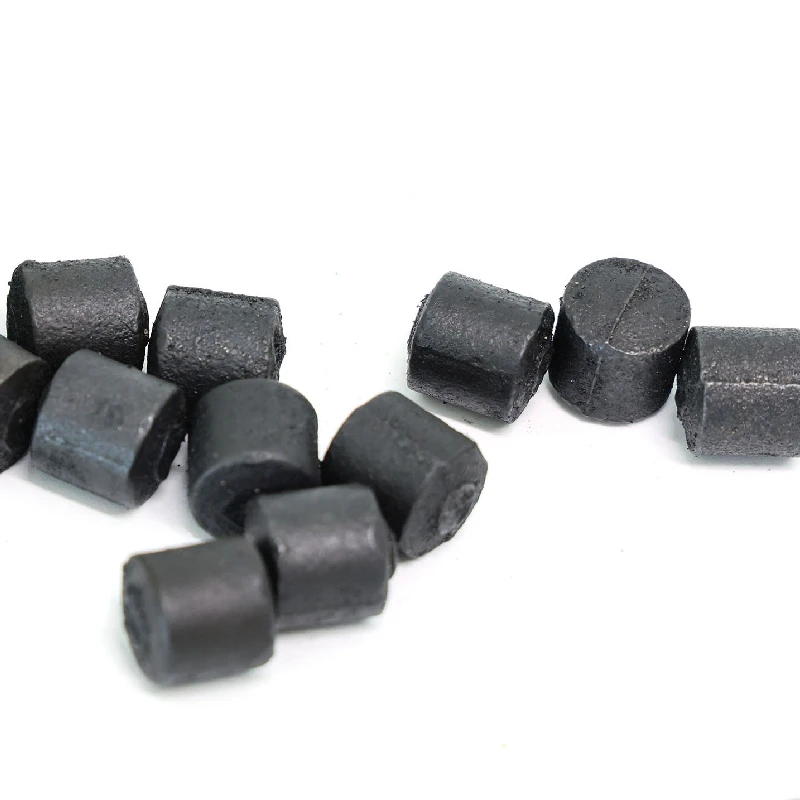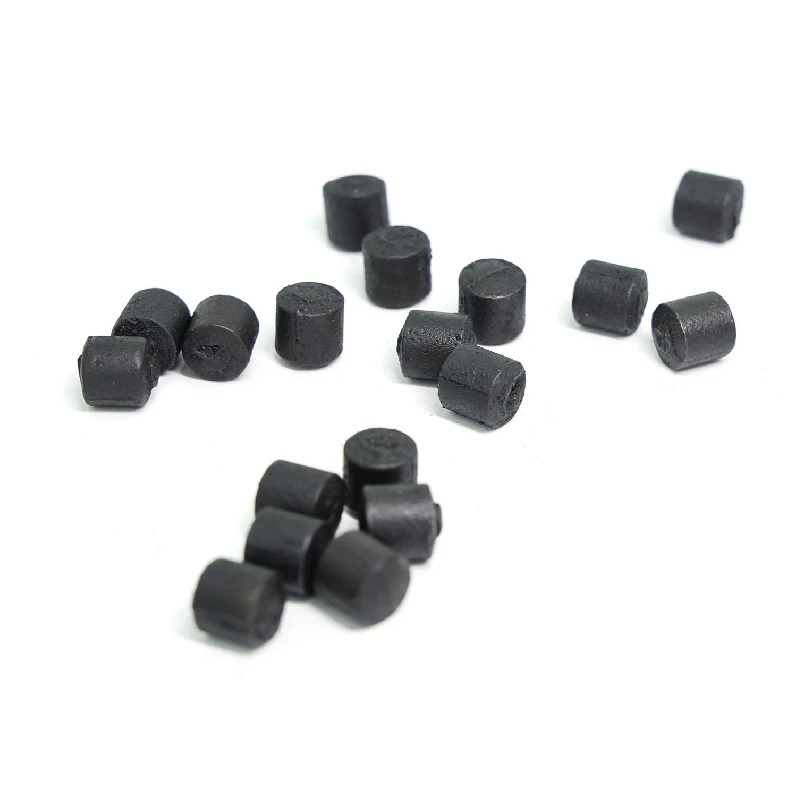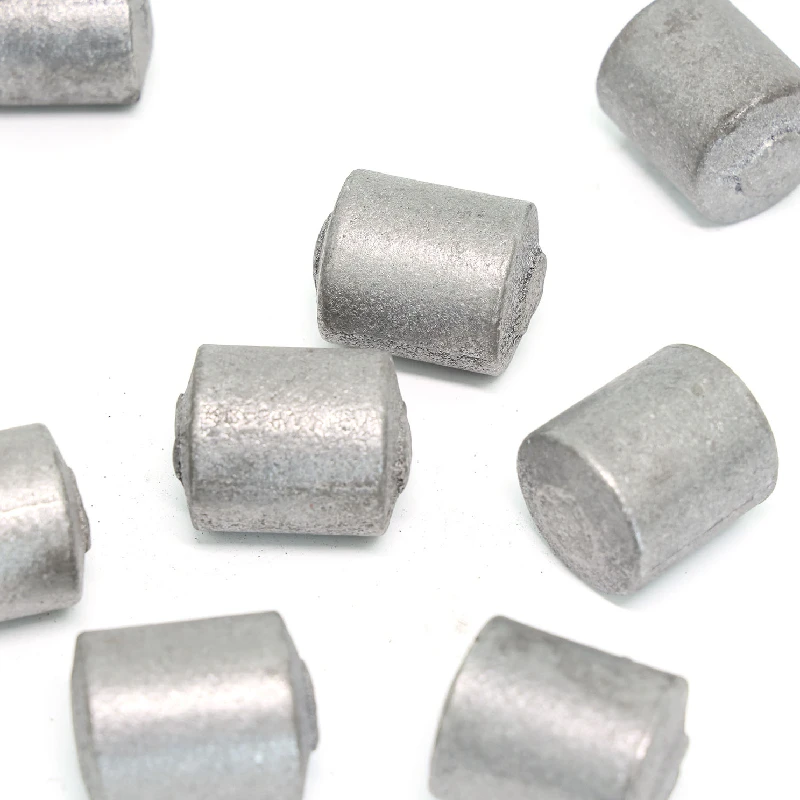- Afrikaans
- Albanian
- Amharic
- Arabic
- Armenian
- Azerbaijani
- Basque
- Belarusian
- Bengali
- Bosnian
- Bulgarian
- Catalan
- Cebuano
- China
- Corsican
- Croatian
- Czech
- Danish
- Dutch
- English
- Esperanto
- Estonian
- Finnish
- French
- Frisian
- Galician
- Georgian
- German
- Greek
- Gujarati
- Haitian Creole
- hausa
- hawaiian
- Hebrew
- Hindi
- Miao
- Hungarian
- Icelandic
- igbo
- Indonesian
- irish
- Italian
- Japanese
- Javanese
- Kannada
- kazakh
- Khmer
- Rwandese
- Korean
- Kurdish
- Kyrgyz
- Lao
- Latin
- Latvian
- Lithuanian
- Luxembourgish
- Macedonian
- Malgashi
- Malay
- Malayalam
- Maltese
- Maori
- Marathi
- Mongolian
- Myanmar
- Nepali
- Norwegian
- Norwegian
- Occitan
- Pashto
- Persian
- Polish
- Portuguese
- Punjabi
- Romanian
- Russian
- Samoan
- Scottish Gaelic
- Serbian
- Sesotho
- Shona
- Sindhi
- Sinhala
- Slovak
- Slovenian
- Somali
- Spanish
- Sundanese
- Swahili
- Swedish
- Tagalog
- Tajik
- Tamil
- Tatar
- Telugu
- Thai
- Turkish
- Turkmen
- Ukrainian
- Urdu
- Uighur
- Uzbek
- Vietnamese
- Welsh
- Bantu
- Yiddish
- Yoruba
- Zulu
Jan . 11, 2025 11:19 Back to list
mining balls
Grinding balls are vital components in the mining industry, playing a pivotal role in mineral extraction processes. These spherical objects, often made of steel, are employed in ball mills to crush and grind various ores. The choice of grinding balls significantly influences the efficiency and output of mining operations. Thus, understanding their characteristics, production, and application is crucial for optimizing mining processes.
Beyond material and size, the usage pattern of grinding balls impacts overall milling efficacy. This encompasses the lifespan of the balls, their consumption rate, and the operational techniques employed. Regular monitoring of wear rates and performance metrics can inform timely replacement and supply chain adjustments. Grinding balls not only facilitate the extraction and processing of valuable minerals but also influence the environmental footprint of mining activities. Utilizing high-quality, durable grinding balls reduces waste and energy consumption by improving mill efficiency and lowering maintenance needs. This eco-friendly aspect of using advanced grinding solutions aligns with global sustainability trends in mining operations. Moreover, incorporating technological advances such as AI and machine learning for predictive maintenance and wear pattern analysis can enhance the lifespan and efficiency of grinding balls. By anticipating wear and scheduling preemptive maintenance, mining companies can minimize downtime and optimize productivity. In conclusion, the use of grinding balls in mining is a complex process that requires a balance of several factors to optimize performance and efficiency. From selecting the right material and manufacturing process to choosing the appropriate size and monitoring usage patterns, each decision can have substantial effects on overall operation outcomes. As technology continues to advance, integrating smart systems for predictive analysis will likely become a standard in maximizing the potential of grinding balls in the mining industry, ultimately enhancing both profitability and sustainability.
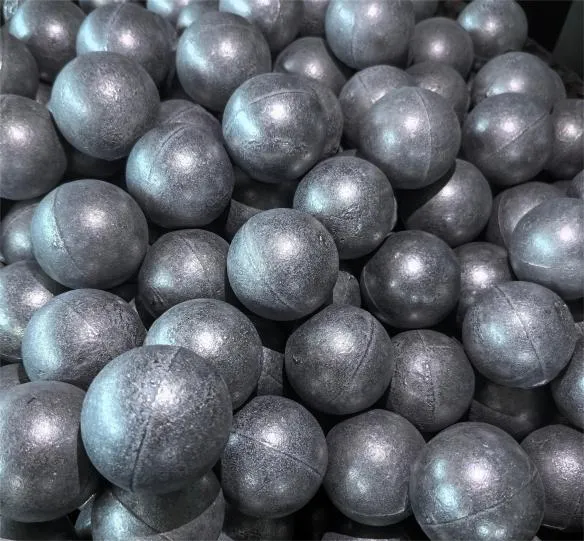
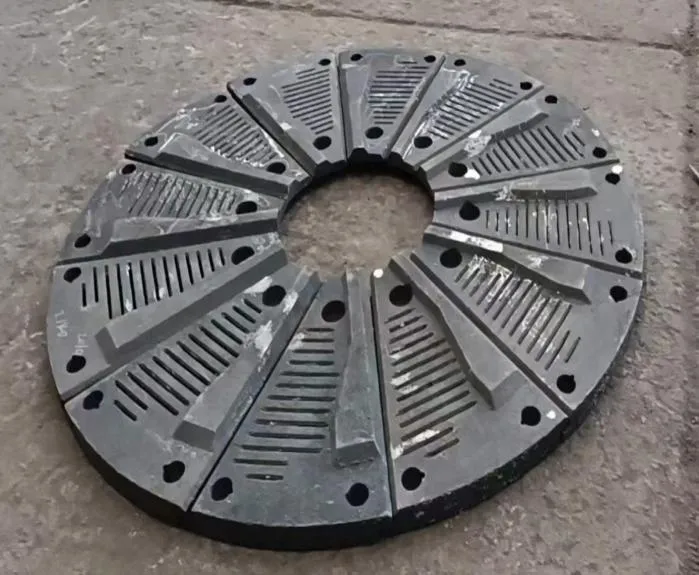
Beyond material and size, the usage pattern of grinding balls impacts overall milling efficacy. This encompasses the lifespan of the balls, their consumption rate, and the operational techniques employed. Regular monitoring of wear rates and performance metrics can inform timely replacement and supply chain adjustments. Grinding balls not only facilitate the extraction and processing of valuable minerals but also influence the environmental footprint of mining activities. Utilizing high-quality, durable grinding balls reduces waste and energy consumption by improving mill efficiency and lowering maintenance needs. This eco-friendly aspect of using advanced grinding solutions aligns with global sustainability trends in mining operations. Moreover, incorporating technological advances such as AI and machine learning for predictive maintenance and wear pattern analysis can enhance the lifespan and efficiency of grinding balls. By anticipating wear and scheduling preemptive maintenance, mining companies can minimize downtime and optimize productivity. In conclusion, the use of grinding balls in mining is a complex process that requires a balance of several factors to optimize performance and efficiency. From selecting the right material and manufacturing process to choosing the appropriate size and monitoring usage patterns, each decision can have substantial effects on overall operation outcomes. As technology continues to advance, integrating smart systems for predictive analysis will likely become a standard in maximizing the potential of grinding balls in the mining industry, ultimately enhancing both profitability and sustainability.
Pervious:
Next:
Latest news
-
Grinding Cylpebs and Their Impact on Milling Efficiency
NewsDec.27,2024
-
Art of Choosing and Loading Mill Media
NewsDec.27,2024
-
Maximize Your Milling Efficiency with the Right Grinding Media
NewsDec.18,2024
-
Importance and Applications of Ceramic Milling Media in Various Industries
NewsDec.18,2024
-
High Chrome Steel Grinding Balls
NewsDec.18,2024
-
High Chrome Grinding Media Balls and Their Role in Industrial Milling
NewsDec.18,2024
Realted Products

